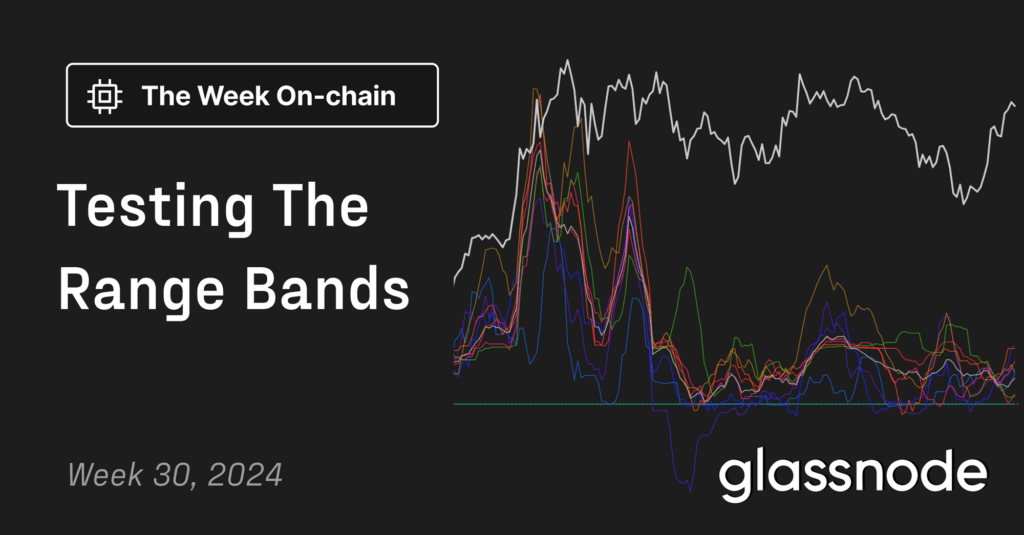Research Summary
The report discusses PEX, a decentralized spot and perpetual exchange that aims to revolutionize trading through the implementation of game theory and real-world assets (RWA). The platform addresses issues such as misaligned incentives, imbalance in positions, and disconnect between the governance token value and ecosystem growth, commonly found in existing decentralized exchanges.
Key Takeaways
Addressing the Dilemma of Decentralized Exchanges
- Identifying the Issues: The report highlights the main problems faced by perpetual decentralized exchanges (Perp DEXs), including misaligned incentives, imbalance in positions, and a disconnect between the governance token value and ecosystem growth. These issues lead to lower participation, instability, and reduced value capture for key stakeholders like liquidity providers (LPs) and token holders.
- PEX’s Solution: PEX aims to address these issues by implementing game theory and offering synthetic assets and real-world assets (RWA) for leverage trading. The platform also incorporates an Auto-Equilibrium Engine (AEE) to provide better incentives for various market participants.
Product Features of PEX
- Synthetic Trading: PEX allows trading of synthetic assets like stocks, commodities, forex pairs without holding the underlying assets. It creates synthetic tokens that mimic real-world assets using smart contracts and uses oracle feeds for price data to enable accurate valuation of synthetic tokens.
- RWA Trading: The platform enables trading of asset-backed tokens collateralized by real-world assets held in custody. Tokens represent ownership of underlying assets like commodities, real estate.
- Auto Equilibrium Engine: PEX’s AEE is a smart contract-based engine that dynamically adjusts liquidity provider rewards. It algorithmically sets the reward rate based on changing trade volumes to maintain target liquidity levels.
AEE Mechanism
- Functionality: The AEE leverages decentralized data and automated systems to balance stakeholder interests, align incentives, and promote efficiency and stability. It is designed to balance interests between traders and liquidity providers, connect governance tokens closer to platform growth, and enhance returns for liquidity providers.
- Automatic Mechanism: The AEE uses an automatic mechanism to settle market imbalances by monitoring trading activity and liquidity needs, making adjustments to trading fees/rebates, allocating more capital to underserved markets, and updating system parameters mathematically using on-chain data and models.
Tokenomics of PEX
- Three-Token Model: PEX is powered by a three-token model, including PEX for governance and revenue sharing, xPEX provided by the protocol under the AEE mechanism, and PLP for incentives. PLP holders receive fee distributions, trader loss allocations, and PEX emissions through the AEE mechanism.
- Control Mechanism: There is a difficulty level to control PLP minting and balance interests between new and existing investors to prevent dilution from PLP inflation. Actions enlarging the larger asset share have higher fees.
Revenue Model and Upcoming Catalyst
- Revenue Sources: PEX’s revenue comes from various fees incurred through the platform, including open and close position fee, liquidation fee, funding rates, swap fee, and minting fees for PLP & PEX.
- Upcoming Catalyst: The report mentions the upcoming launch of PEX’s testnet trading as a significant catalyst to drive further interest and adoption.
Actionable Insights
- Understanding the Potential of PEX: Stakeholders should delve into the unique features and mechanisms of PEX, such as its implementation of game theory, synthetic and RWA trading, and the Auto-Equilibrium Engine. These features aim to address the common issues in existing decentralized exchanges and could revolutionize the trading landscape.
- Exploring the Tokenomics: The three-token model of PEX, including PEX, xPEX, and PLP, offers various incentives and rewards for different stakeholders. Understanding the dynamics of these tokens and their roles in the ecosystem could provide insights into the platform’s potential growth.
- Monitoring Upcoming Developments: The upcoming launch of PEX’s testnet trading could be a significant catalyst for the platform. Stakeholders should keep an eye on this development and its impact on the platform’s adoption and growth.












